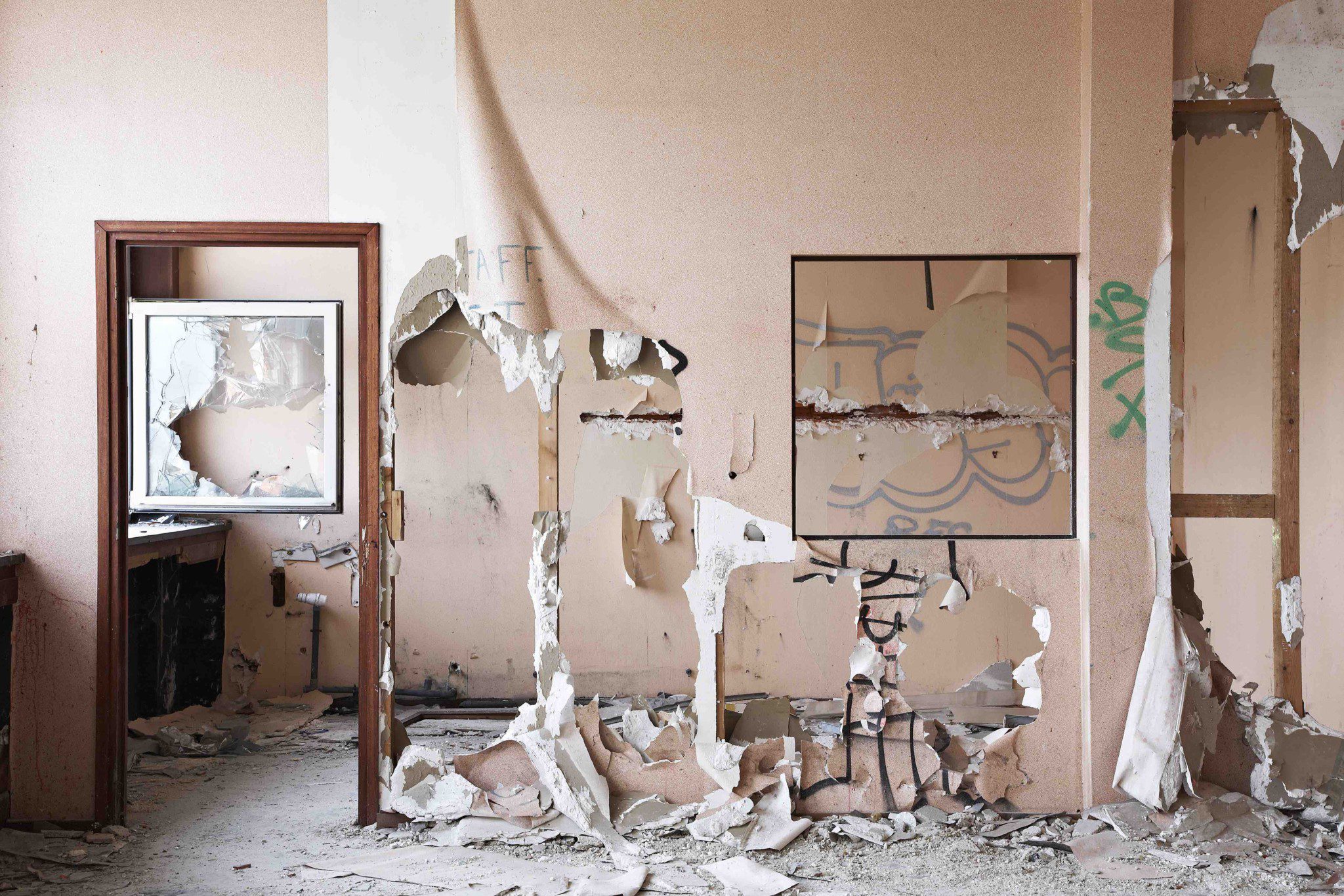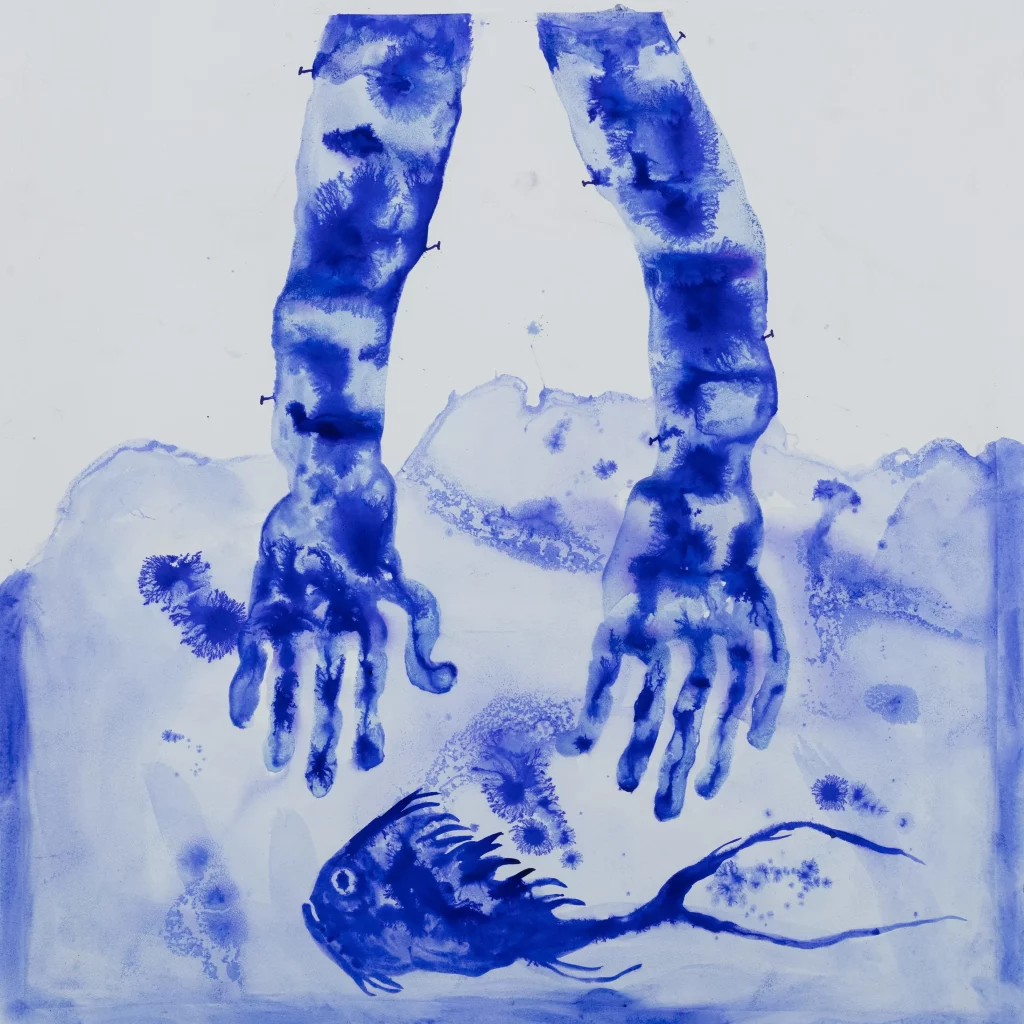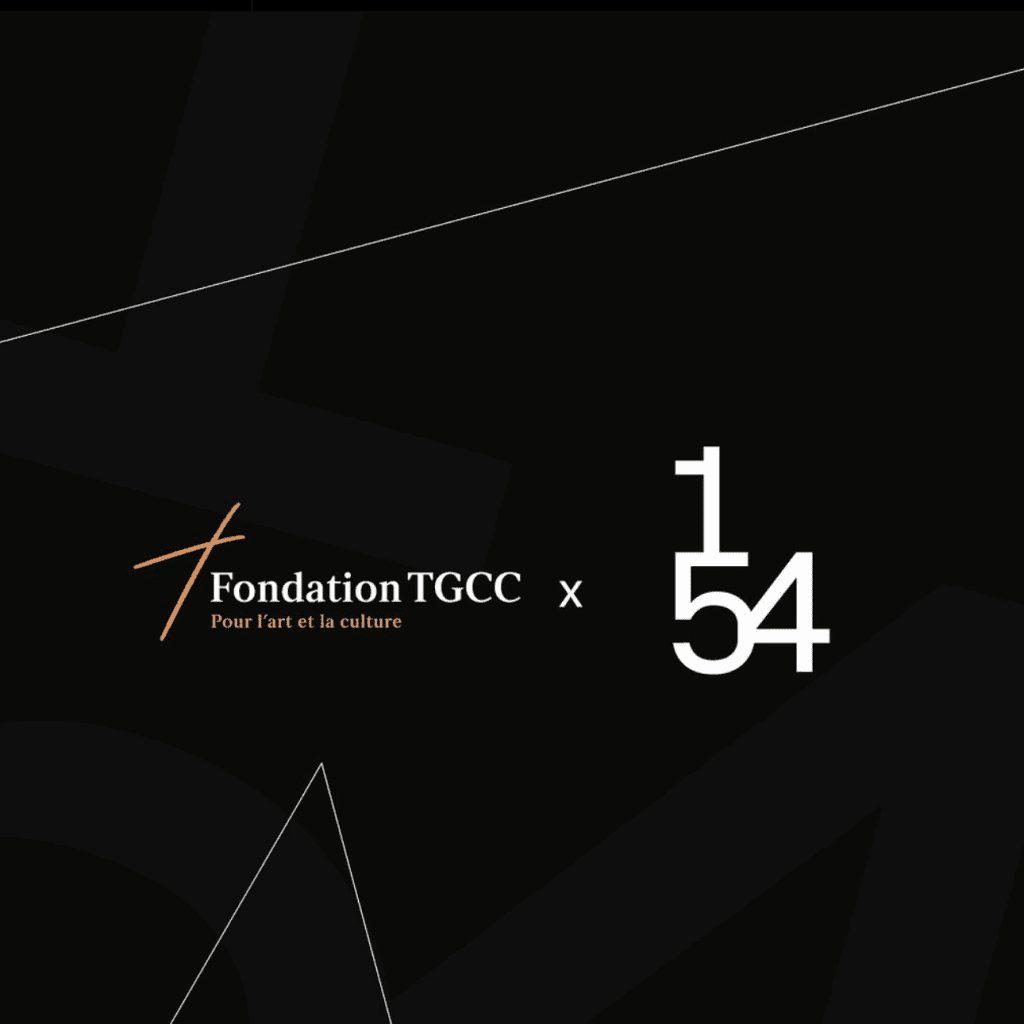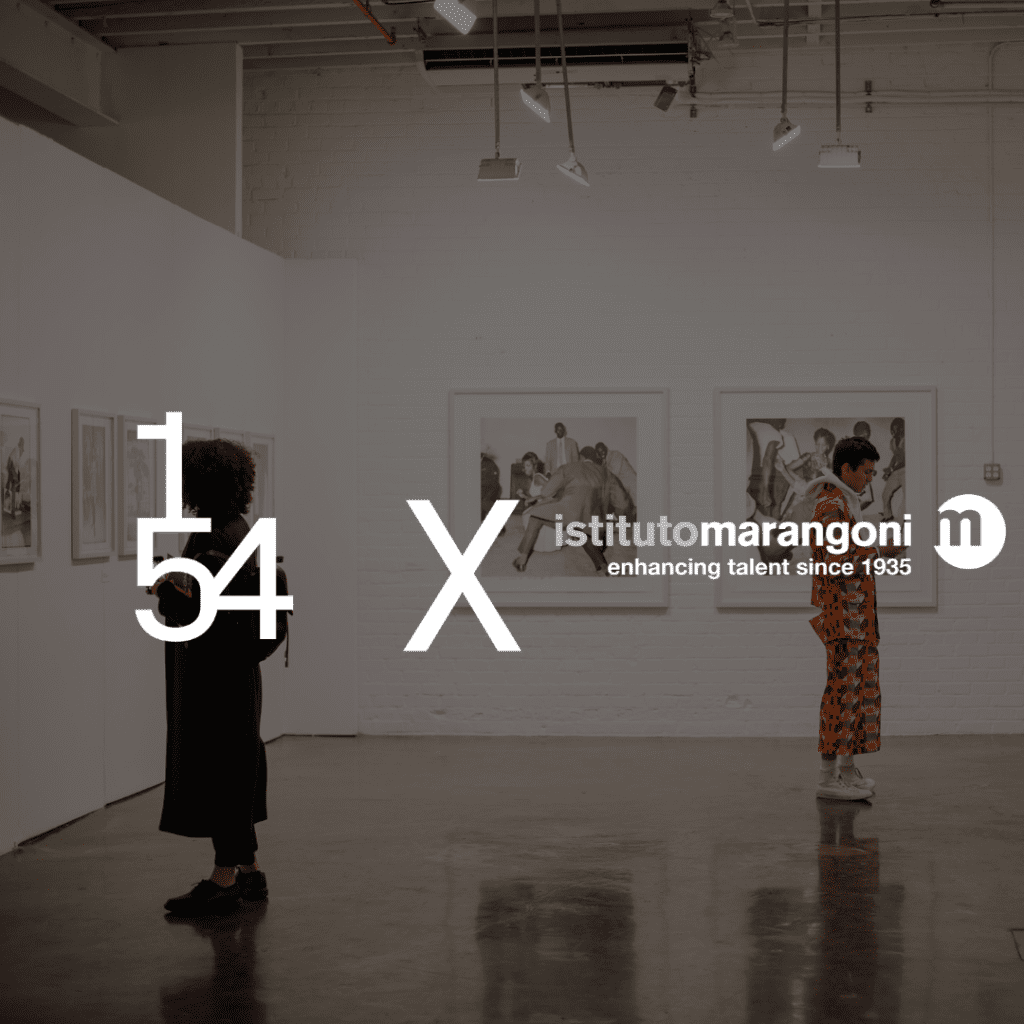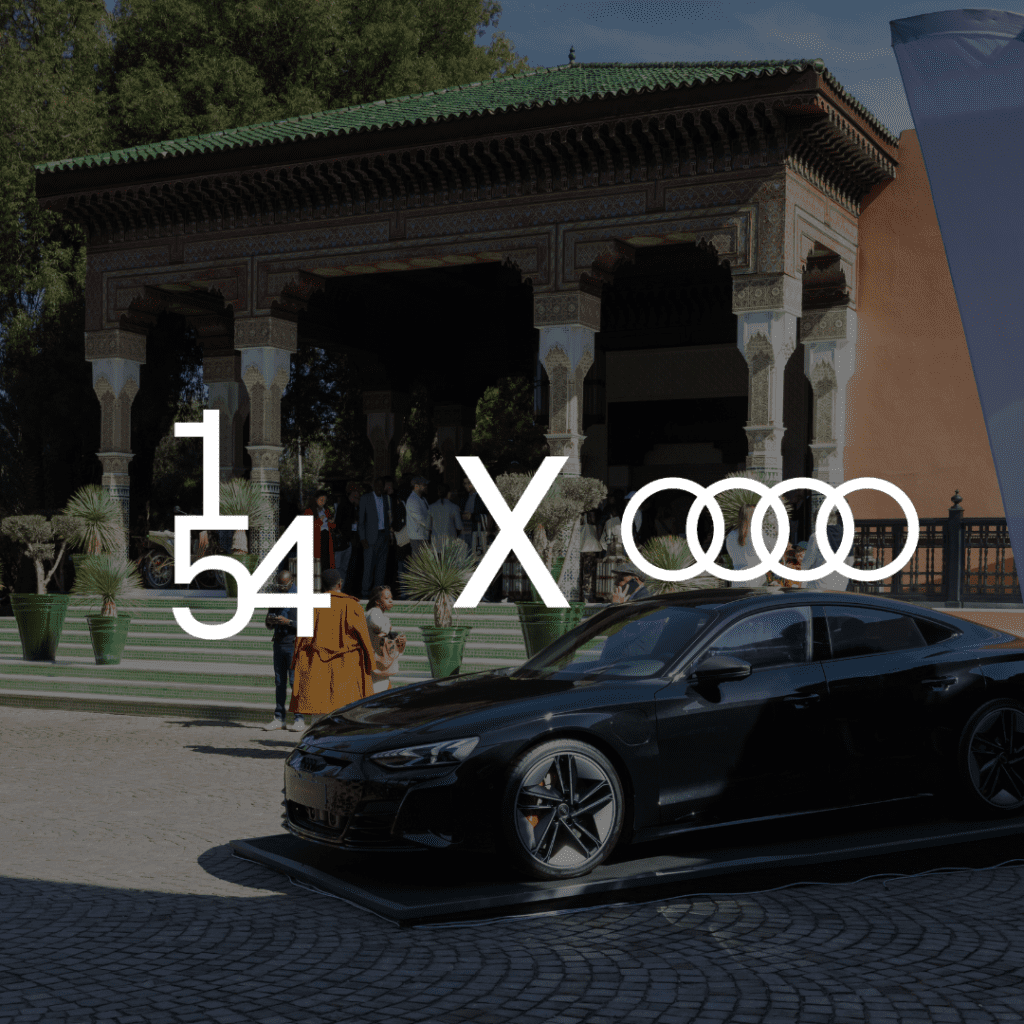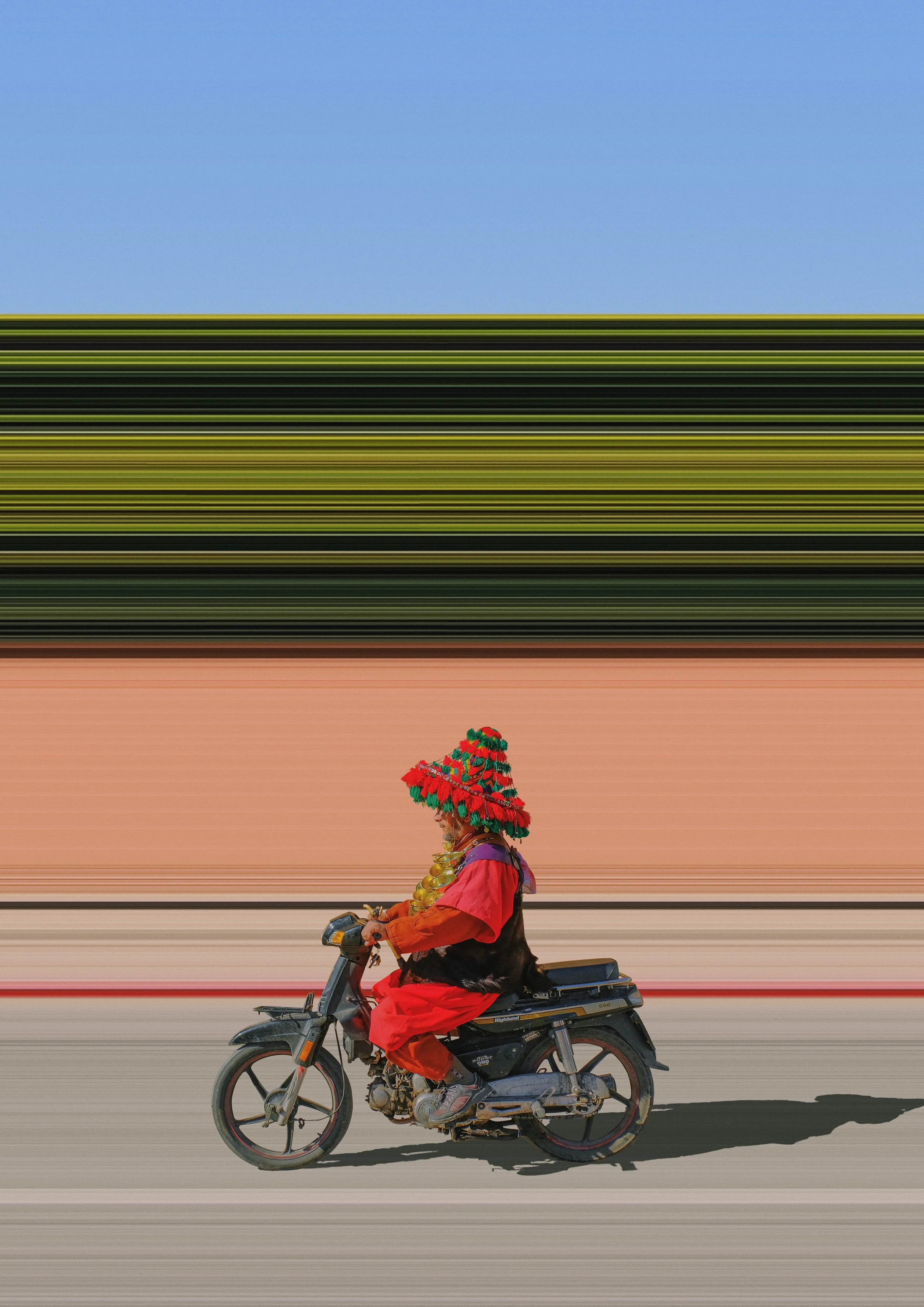During 1-54 Marrakech, The Museum of African Contemporary Art Al Maaden (MACAAL) will launch internationally with a new exhibition curated by Afrique in Visu titled Africa Is No Island, opening Sunday 25 February 2018 and running until the 24 August 2018.
The exhibition will presents photographic works published on Afrique in Visu, by artists such as Ishola Akpo, Joana Choumali, Namsa Leuba, Nicola Lo Calzo, François-Xavier Gbré, Mouna Karray, Lebohang Kganye and a selection of works from the collection of Fondation Alliances as well as works by Moroccan artists, like Ayana Jackson, Maimouna Guerresi, Mustapha Azeroual, Walid Marfouk, Hicham Gardaf or Mohamed Laouli and Katrin Ströbel.
In conversation with 1-54, the curators of the show, Jeanne Mercier, Baptiste de Ville d’Avray and Madeleine de Colnet discuss the upcoming show, their relationship with MACAAL and the aim of Afrique in Visu.

As the founders of Afrique in Visu, can you please tell us more about how the platform started and what’s its mission?
At the time we started the platform, Jeanne was offered a position to teach History of Photography at CFP, the photography school of Bamako and Baptiste was working as a professional photographer. Toghether we wanted to start a new project about being a photographer across the continent. We thought it would be useful and enriching to spread the knowledge and skills acorss countries. What intrigued us was the variety of photographic practices in Africa and the multi-faceted work of a photographer, we wanted to create a platform where photographers could see what other photographers were doing.
Afrique in Visu has curated the upcoming exhibition ‘Africa Is No Island’ at MACAAL in occasion of the museum’s international launch. How do you feel about this collaboration?
We are very happy with this project! It was very important for us to launch this exhibition around our 10 year anniversary. All three of us lived in Morocco, where we all met, so this exhibition is like an homecoming for us. In addition, we have been collaborating for many years with Fondation Alliances and we followed the first inaugural launch of MACAAL, so it was a logical continuation for us to collaborate together on this exhibition, Africa Is No Island. It’s great how MACAAL has completely reimagined its exhibition space for this project for its international launch. So it’s a huge job we’ve done together and it was also a way for us to discover their permanent collections of photographic works, which is a real pleasure to work with.
Can you please explain the ideas behind the exhibition and what encompasses the artists included?
In collaboration with MACAAL’s team, we revisited the collection of Fondation Alliances following three main ideas: inhabitants, stories and spaces that raise questions about the relation of body, time and space. We hope to immerse the visitor in a visual territory that is neither fixed, nor unique, but multiple. We are also very proud to exhibit the works of many artists with whom we have worked with for many years, we think this show is our way to say thank you for their friendships and trust.

In Marrakech in February you’ll also present your latest book ‘Le Métier de Photographe en Afrique 10 ans d’Afrique in Visu’. Is this publication linked in someway to the exhibition? What’s the dialogue between these two productions?
For our 10 year anniversary, we wanted to bring together all the forms of our platform: publication, exhibition, workshop. Although having been conceived as two distinct productions, we think the exhibition and the book as two complementary projects that intersect through their content. Le Métier de Photographe en Afrique 10 ans d’Afrique in Visu (released in October 2017), shows stories of the continent through the eyes of its photographers, who seek to detach, suppress and change the stereotypes and mis-representation often associated with Africa. The book and the exhibition have the same desire to offer a multi-layered view of contemporary Africa and its photographic landscape.
The exhibition will open in concomitance of 1-54 Marrakech, during a weekend filled with European and American visitors and collectors, do you think the show will have a difference resonance between the Western public and an African audience?
We believe every visitor will have a different experience of this exhibition and an intimate relationship with the works depending on their personal aspirations, background and desires. We see a real resonance between the aim of the show and 1-54: a desire to show a heterogeneous selection of artists and works from the continent, hoping the public can immerse itself in the creativity of Africa.
Launched in 2006 in Mali, Afrique in Visu is a platform dedicated entirely to African photography. What do you feel has changed across 10 years in the practice of contemporary African photographers?
Across these past 12 years we saw photography becoming more professional, it’s plural, multiple and essential. Photography has been an important element in the representation of Africa as a diverse contient and it’s a compelling agent to contrast the mis-representations and clichès associated with Africa and its people. We have seen women becoming major names in photography with striking works, for example Zanele Muholi, Leboang Kganye, Namsa Leuba and Joana Choumali. Also, new critical thoughts such as ‘Les ateliers de la pensée’ initiated by Achille Mbembe and Felwinn Sarr have emerged and helped construct strong dialogues around African art and art in general.

